Enhanced Operational Efficiency
The Digital Twin Market is witnessing a surge in demand due to the need for enhanced operational efficiency across various sectors. Organizations are increasingly adopting digital twin technology to create virtual replicas of physical assets, enabling real-time monitoring and analysis. This technology allows for predictive maintenance, reducing downtime and operational costs. According to recent estimates, the implementation of digital twins can lead to a 10-20% reduction in operational expenses. As industries strive for greater efficiency, the digital twin market is projected to grow significantly, with a compound annual growth rate of over 30% in the coming years.
Rising Adoption in Healthcare Sector
The Digital Twin Market is also being propelled by the rising adoption of digital twin technology in the healthcare sector. Hospitals and healthcare providers are utilizing digital twins to create patient-specific models for personalized treatment plans. This technology enables better patient outcomes through tailored interventions and predictive modeling of health conditions. The healthcare digital twin market is projected to grow at a compound annual growth rate of around 40% over the next few years. As the healthcare industry continues to embrace digital transformation, the role of digital twins in enhancing patient care is becoming increasingly vital.
Advancements in IoT and AI Technologies
The integration of Internet of Things (IoT) and Artificial Intelligence (AI) technologies is a pivotal driver for the Digital Twin Market. The proliferation of IoT devices facilitates the collection of vast amounts of data from physical assets, which can be utilized to create accurate digital twins. AI algorithms enhance the analytical capabilities of these models, allowing for better decision-making and optimization. As organizations increasingly leverage these technologies, the digital twin market is expected to expand, with forecasts suggesting a market size exceeding 35 billion USD by 2026. This synergy between IoT, AI, and digital twins is likely to redefine operational paradigms.
Growing Demand for Predictive Analytics
The Digital Twin Market is significantly influenced by the growing demand for predictive analytics across various sectors. Businesses are increasingly recognizing the value of data-driven insights to anticipate future trends and behaviors. Digital twins enable organizations to simulate different scenarios and assess potential outcomes, thereby enhancing strategic planning and risk management. The market for predictive analytics is projected to reach approximately 20 billion USD by 2025, indicating a robust growth trajectory. This trend underscores the importance of digital twins in facilitating informed decision-making and optimizing resource allocation.
Increased Focus on Product Lifecycle Management
The Digital Twin Market is experiencing growth due to an increased focus on product lifecycle management (PLM). Companies are leveraging digital twins to manage the entire lifecycle of products, from design and development to maintenance and end-of-life. This approach allows for better collaboration among teams and improved product quality. As organizations seek to streamline their PLM processes, the digital twin market is anticipated to grow, with estimates suggesting a market value of over 25 billion USD by 2027. The ability to visualize and analyze product performance in real-time is becoming a critical factor for competitive advantage.
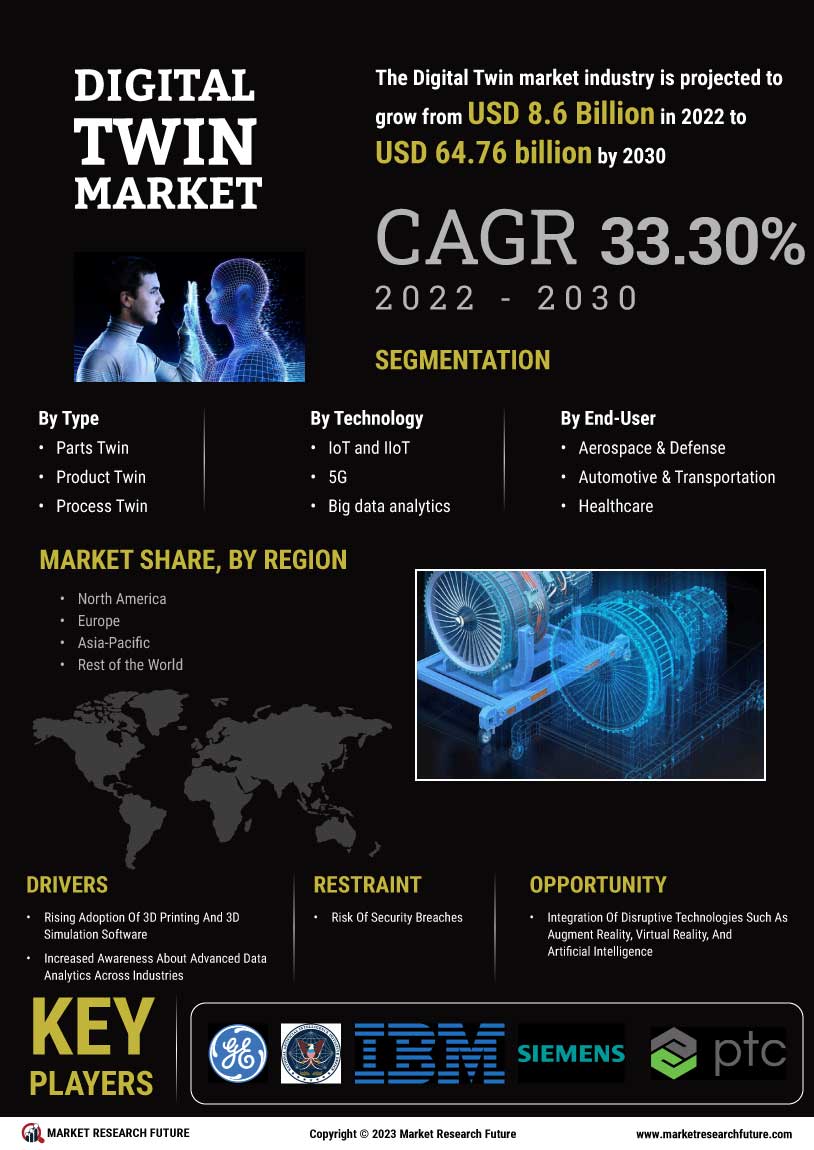

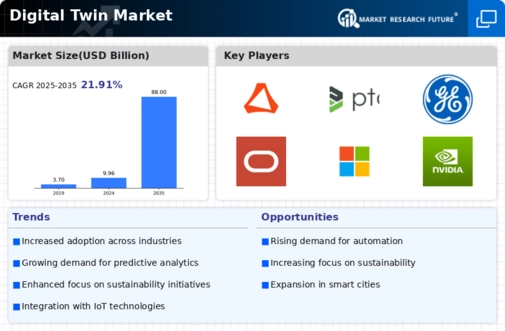
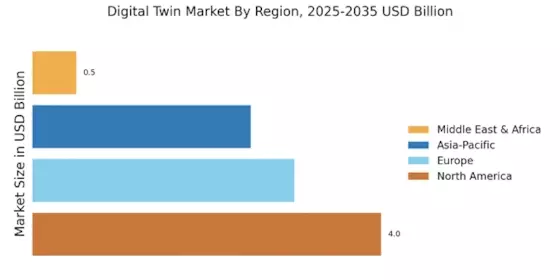
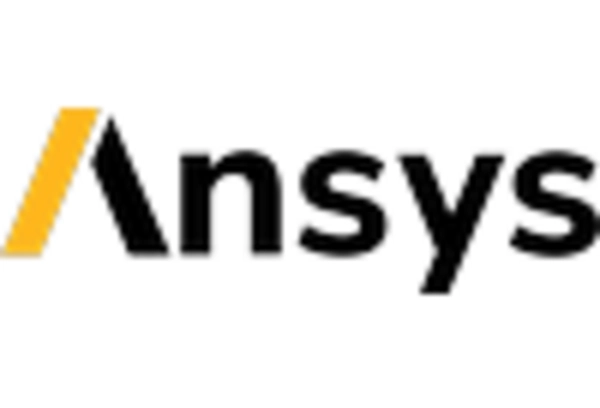



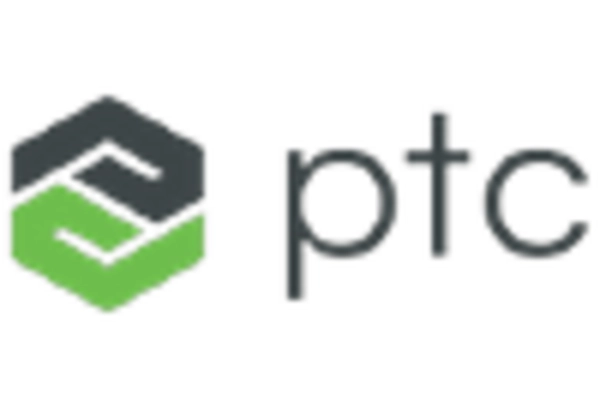









Leave a Comment